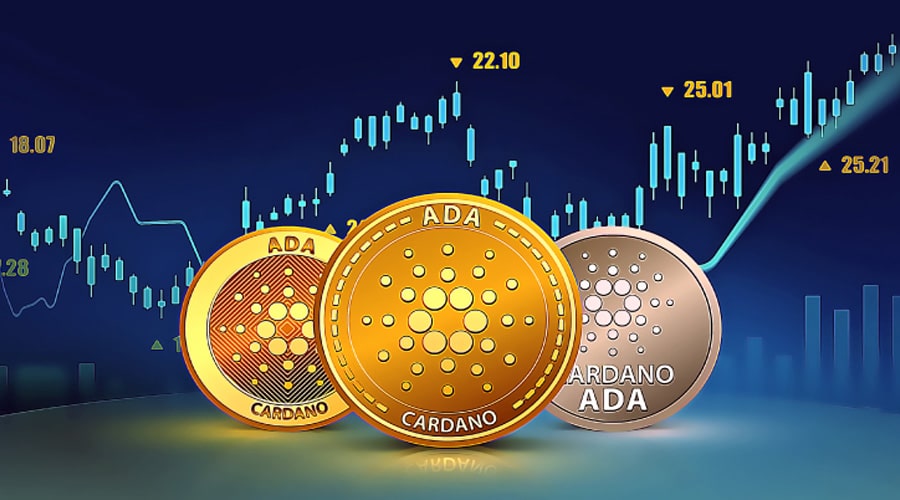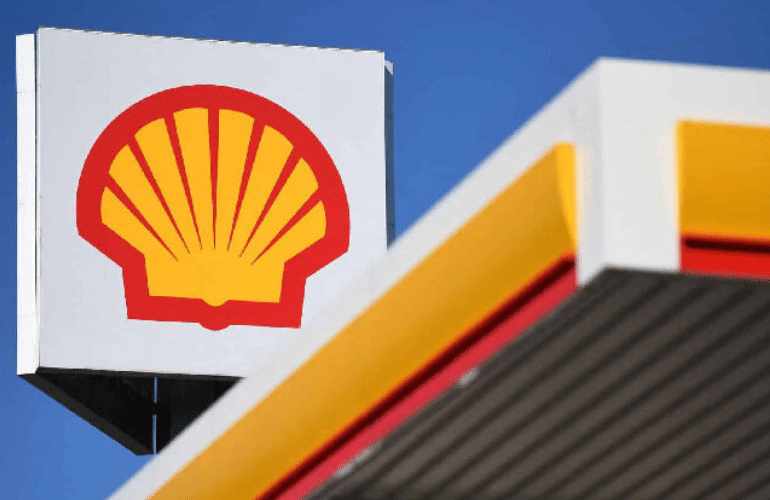Cardano’s value plunges by nearly 70% following a brief rally sparked by XRP’s favorable court decisions.
Key Points
- Cardano (ADA) experiences a 70% value decline after a positive court decision favoring XRP triggered a brief 27% rally.
- XRP’s future scenarios include consolidation, continuation, or correction after its historic court victory.
- PEPE token sees a surprising decline in daily volatility due to controlled synthetic trading by market makers.
- Despite Cardano’s setback, its long-term outlook remains promising in the decentralized finance (DeFi) space.
Cardano (ADA), the popular open-source blockchain platform, has experienced a significant decline in value, erasing nearly 70% of its recent gains. This loss comes after a strong rally that was triggered by positive court decisions favoring XRP in its case against the SEC.
Cardano Going Down
Following the optimistic legal verdict that created a sense of hope in the crypto market, Cardano saw a substantial increase in value, soaring by over 27%. Traders and investors showed renewed faith in digital currencies, with ADA being one of the prime beneficiaries of this positive market sentiment.
#Cardano community, as I said yesterday, the rate of decline in inflation because of the aggressive hiking cycle will lead to deflation concerns, also bad. Money printing about to commence….@Cardano $ADA https://t.co/KMQ5tMG4rs
— Chris O (@TheOCcryptobro) July 12, 2023
However, this growth was short-lived as Cardano quickly encountered market volatility. Within a short period, ADA experienced a sharp downturn, losing approximately 70% of its recent gains. The precise reasons behind this sudden reversal are complex and unpredictable, reflecting the nature of cryptocurrency markets.
While it is common for digital assets to experience fluctuations, the magnitude of Cardano’s decline is notable. This loss highlights the vulnerability of gains driven by sentiment, which can quickly reverse when market dynamics change.
Despite this setback, the long-term outlook for Cardano remains promising. ADA is a significant player in decentralized finance (DeFi), supported by strong technology and an engaged community. Therefore, despite the current market conditions, ADA’s core fundamentals remain robust.
XRP’s Future
Following a historic court victory that led to a 70% price surge, Ripple’s XRP finds itself in an intriguing situation. Three likely scenarios could unfold: consolidation, continuation, or correction.
Consolidation: After a drastic price surge, the first potential outcome is a period of consolidation. This would involve XRP’s price stabilizing near its current level as traders and investors assess the new landscape.
Continuation: The second possibility is a continuation of the upward trajectory. With XRP’s recent court victory, the optimism surrounding Ripple could fuel further bullish behavior. Factors such as wider market sentiment, positive legal outcomes, or adoption news related to Ripple would influence a sustained uptrend.
Correction: Lastly, there is a chance of a price correction. Cryptocurrencies are known for their volatility, and significant price increases often result in subsequent pullbacks as traders cash in their profits temporarily.
End Point
In a surprising turn of events, Pepe (PEPE), a volatile token in the digital currency market, has experienced a significant decrease in its daily volatility rate. Over the past 10 days, PEPE’s daily volatility dropped to around 12%, contrasting its usual dynamic nature.
High-volatility tokens like PEPE typically attract risk-seeking investors chasing high returns. However, the recent trend indicates a taming of the token’s usual behavior, which can be attributed to diminished trading volume and limited exposure.
The decrease in volatility is mainly due to the prevalence of “synthetic” trading conducted by market makers, who facilitate liquidity. Market makers have become the key drivers of PEPE’s activity, as regular traders and investors have reduced their participation.
While lower volatility may suggest a more “stable” asset in traditional finance, it is important to note that this does not necessarily indicate reduced risk in the cryptocurrency world. PEPE’s stability is mainly a result of controlled synthetic trading rather than natural market forces of supply and demand.





